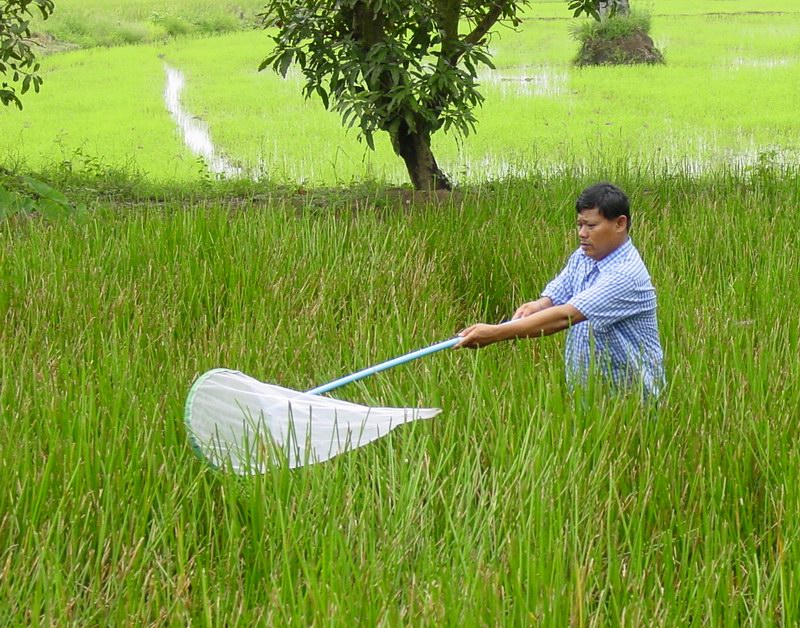



In 2017, the Macadamia Integrated Pest Management Program (IPM) commenced in order to examine biological, cultural and chemical combinations on commercial farm setups. Eight of these farm trials have been set up in areas where macadamias are grown in abundance. Some of these regions include Central Queensland, near Bundaberg in the Gympie – Glasshouse Mountain area, the Northern Rivers Region and at the Mid North Coast of NSW, Nambucca Heads, Valla and Macksville.
Experts have stated that monitoring the external environment is a major part of integrated pest management. This is a major reason why the experts at the program have been attempting to develop different protocols that timely manage these pests. Some of these worms include the macadamia seed weevil and the fruit spotting bug.
Pest management can be defined as the method of reducing or eliminating different types of unwanted creatures. In the world of agriculture, this method is best used to get rid of unwelcomed parasites that have the potential to ruin crops. It is generally easier to tackle an infestation if it gets detected in its initial stage. It also helps to prevent huge investments for salvaging partial or complete damages.
At the DPI Centre for Tropical Horticulture in Alstonville, researchers have established a small-scale trial to compare IPM options with minimum broad-spectrum pesticide input with conventional treatments. This has allowed them to test chemical best practices and to find the best fit as part of the rotation when it comes to pest management. They have found that where mainly broad-spectrum insecticides are used, there is an increase in secondary pests such as scales and thrips. Hence, the practices here can be deemed successful. Moreover, in setups where organic farming is prevalent, few options remain for organic farmers to manage pests and diseases in their crops compared to conventional farming.
Article by: Hari Yellina (Orchard Tech)